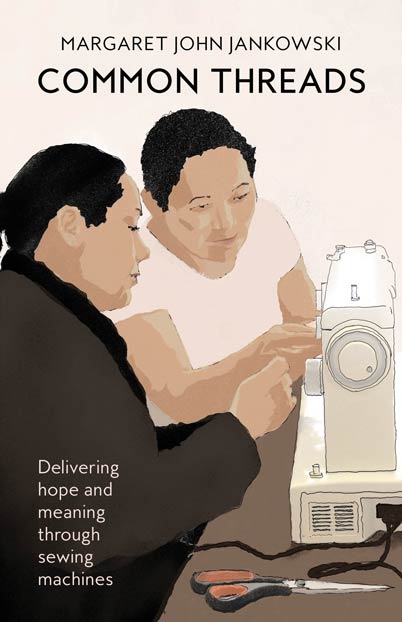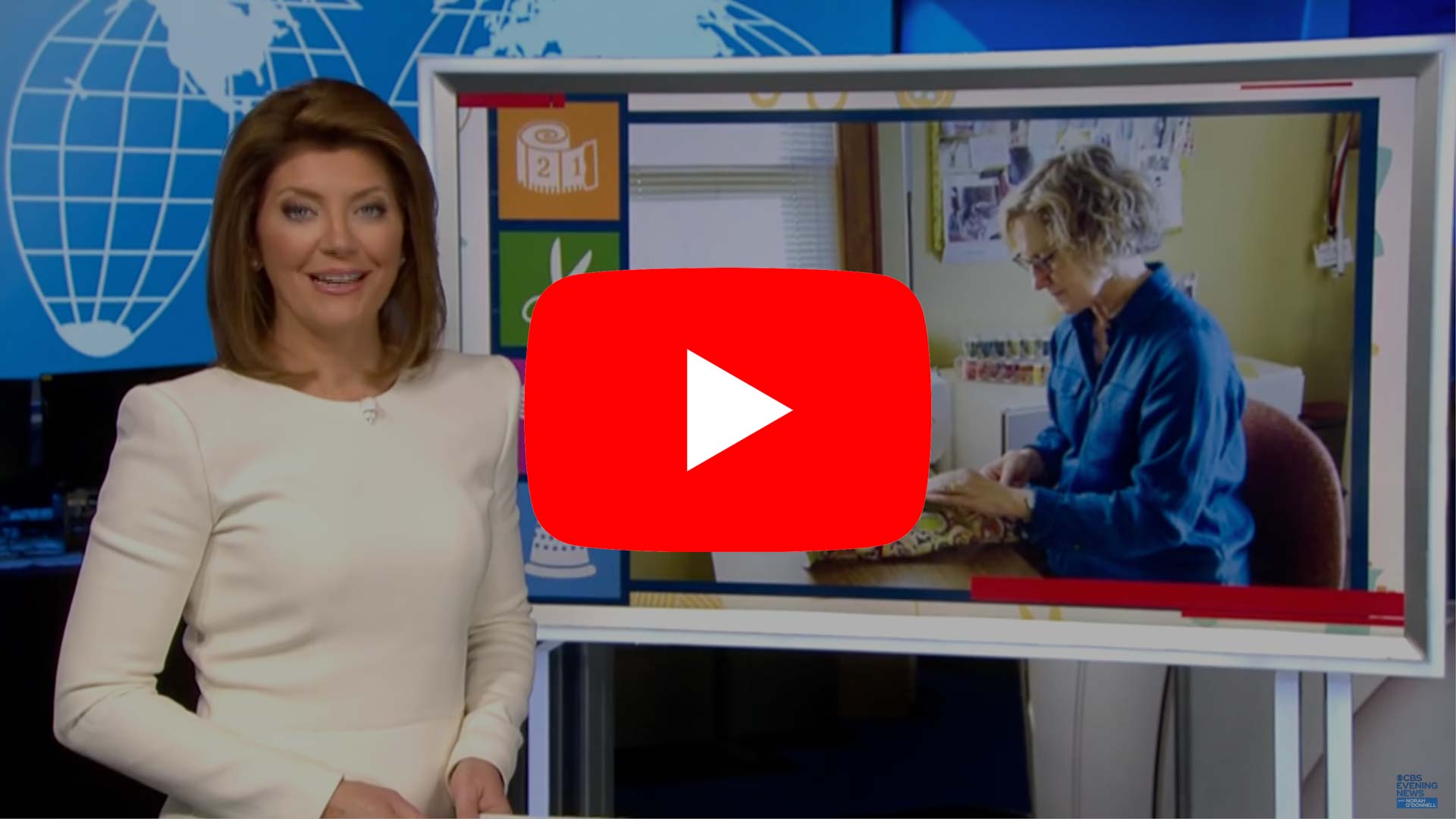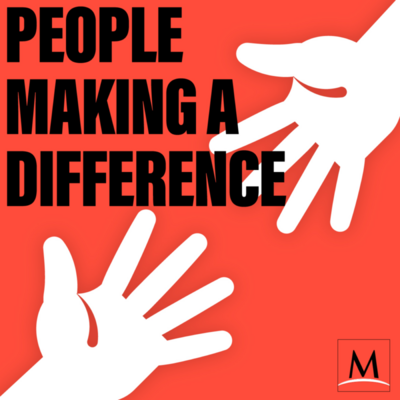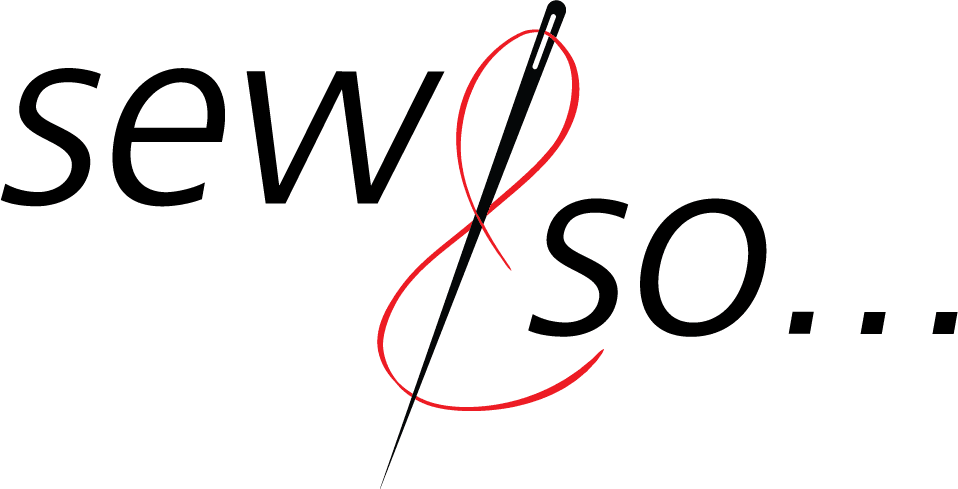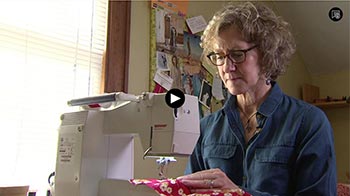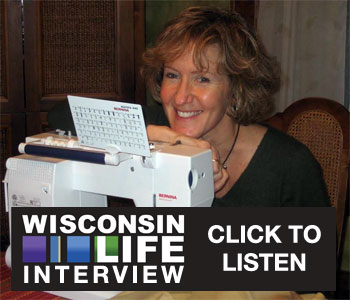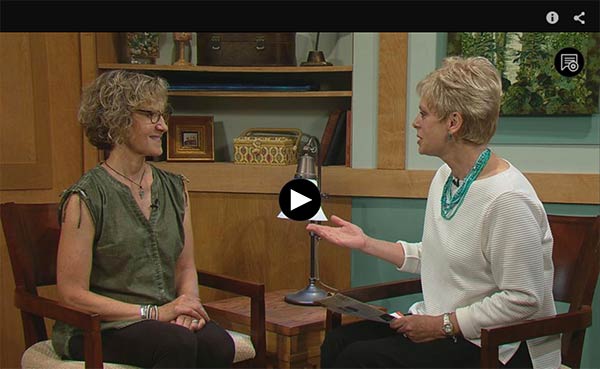
Flora runs the sewing room--check out some of their creations behind her!

This room is so busy and full of talent

This woman works so fast and precisely. Her work is gorgeous!
On day two of our visit we drove to Skenderaj, a region of great conflict during the war, to visit the existing sewing room. I really didn’t know what to expect. Upon our arrival we were warmly greeted by the 6 women working there and they were anxious to show us their work. Their work is amazing! They sew on industrial machines which England donated in 2000, along with many bolts of fabric. These women are so talented. They are currently taking special orders for both business and very dressy apparel. They create the patterns themselves, based on what the customer desires.
One woman creates designs, carefully drawing them on paper and poking tiny holes in the design, creating a stencil. She then transfers the stencil to the fabric, using ink and a tiny child’s mitten as a sponge. From there, she takes it to her incredibly fast industrial machine and sews the design, freehand onto the fashion fabric. It was nothing short of amazing.
We sat down and looked at the specialty machines I’d brought along–a serger and a computerized embroidery machine. The serger was familiar to them but the embroidery machine was so much fun for them to see and begin to work on. Their work is as good as that of the computerized machine but this will give them the chance to have a design stitching on the machine while they do another by hand. In addition, it will allow them to sew names on garments and numbers on sports jerseys.
Tomorrow I will spend the day in the sewing room, talking with the women about how they’d like to expand this venture, creating consistent jobs for themselves as well as additional jobs for other women.
The war took so many lives. You see evidence everywhere you look, from the vast numbers of graves along the highway to the bombed out buildings that lie in the countryside. All of the women I met in the sewing room lost their husbands to the war and there are hundreds more just like them.
I am glad to have the opportunity to help.

